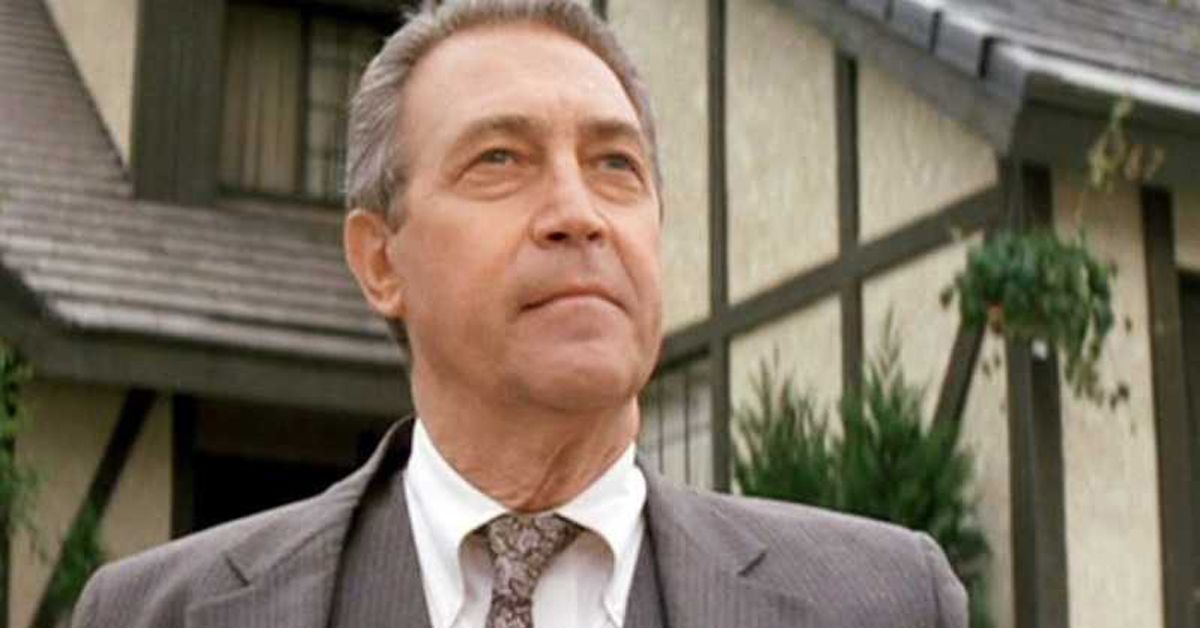
Pop Culture | Celebrities | 80s
Never Forget The Time A Major Brand Wanted Us To Sexualize A 15-Year-Old Brooke Shields

At one point in the '80s, supermodel and actress Brooke Shields was arguably the most famous teenager on the planet. However, her road to stardom was paved with a number of controversies.
Managed by her mother, Teri, Shields had her first taste of the limelight as a model for a soap ad at the age of eleven months. She continued to appear in ads as a toddler, and at the tender age of 10, the child model posed nude in a series of photographs taken by Garry Gross. Teri commissioned the photos in 1975 because she wanted to turn her little girl into a star.
A few years later, Shields was 12 when she made her silver screen debut in Louis Malle’s Pretty Baby (1978). That’s also when she got caught in the middle of her first scandal.
See, Shields played the role of a preteen prostitute, Violet, in the red-light district of New Orleans, and although she garnered critical acclaim, many members of the public were furious.
In an interview she gave a few years ago, Shields recalled her mother saying that as long as she liked the role she played, “then f**k ‘em if they can’t handle it.”
With her mom cheering her on, Shields landed an even more controversial role as Emmeline Lestrange in the film adaptation of Henry De Vere Stacpoole's novel "The Blue Lagoon." She was just 14-years-old at the time, but had to film a number of nude scenes. The production team found it challenging to keep her covered so they had to tape her long hair on her breasts during topless frontal shots.
The infamously sexy film shocked the audience when it premiered in 1980, and decades later, an adult Shields was implicated in some legal matters concerning child sexual exploitation.
Famed film critic Roger Ebert gave the movie 1.5 stars, and said that it "made him itch," while popular gossip columnist Rona Barrett claimed “it borders on kiddie porn.”
The negative reviews did not seem to phase the film’s director, Randal Grease Kleiser or thousands of moviegoers, who helped make it a box-office success.
“It’s an R-rated film I hope parents take their kids to see,” said Kleiser. Well, he was right. The movie grossed over $58 million in the U.S. and Canada, and even got nominated for an Academy Award and a Golden Globe.
Shields soon started appearing on the front page of newspapers and magazine covers, including The New York Times and People. All of these publications addressed Shields’s underage nudity, and the notorious sex scene that scandalized viewers.

The film's creators and Shield's later testified in front of U.S. Congress that many of her nude scenes were done by a body double.
"You sort of desensitise yourself to anything sexual. In Blue Lagoon, I’m using a glue gun, taping my hair, anything I can so my body doesn’t show I have boobs," Shields said in an interview with The Guardian. And I didn’t realise I was doing it, because I was a kid. I was in a cocoon with my mom.”
However, amidst all the frenzy, Shields’s stage mother was negotiating a modelling contract for a provocative campaign that would change her life forever, and turn her into a household name for years to come.
In 1980, Shields’s mother signed a career-boosting opportunity for her daughter to appear in a series of Calvin Klein ads. At the time, Klein was the first high-fashion designer to launch a diffusion denim line, so Shields had a unique opportunity to make an even bigger name for herself by being the face of the company.
However, what many people did not expect was the overtly sexy print advertisements and commercials that would follow.
Photographer Richard Avedon took a series of snaps of a 15-year-old Shields posing in interesting positions while wearing the skin-tight designer jeans. Some of these photos were then accompanied with provocative tag lines, including one where Shields asks, “Do you want to know what comes between me and my Calvins? Nothing!”
Not everyone was on board with these campaigns and the commercial was immediately banned by ABC and CBS, because network executives and some viewers believed the ad was insinuating that an underage Shields wasn’t wearing any underwear, which was deemed inappropriate.
When Klein was asked why he opted to market his denim line in that fashion, he replied, “Jeans are sex.” He added, “The tighter they are, the better they sell.”
He wasn’t exaggerating when he made that famous statement. The buzz-worthy campaigns featuring Shields helped the brand rake in $2 million in sales every month, according to Vogue. The iconic too-sexy-for-TV ad became cemented in popular culture, and even today, it is referred to as “one of the most memorable commercials ever.”
Just when Shields and Calvin Klein thought the hype had died down, the Justice Department launched an investigation into the brand’s exploitation of underage models. The case did not get much traction and was eventually dropped.
What all these controversies really did was help the young model and starlet catapult to fame. She became of the world’s biggest celebrities, but she admitted that she is “still kind of shocked” that the ad campaign “became so legendary.”
“For me, it was just a huge job I went to after school at 3 o’clock. The one with my leg up, I just remember my arm hurting,” Shields told New York Post. “You can’t plan on being iconic.”
She also still can’t wrap her mind around why people were so appalled by her pose and tagline.
“The controversy [over saying ‘You wanna know what comes between me and my Calvins? Nothing.’] didn’t surprise me because I’d had experience with it since I was 11,” Shields admitted. “The pants came above my belly button—even the one with my shirt open, you didn’t see anything. Compared to the things I’d done before, this was like being in winter gear.”
Compared to print ads and commercials today, Shields’s Calvin Klein campaign would very likely be acceptable. But no matter how much time has passed, underage nudity will always be frowned upon, and that’s something she’s been living with all these years.






